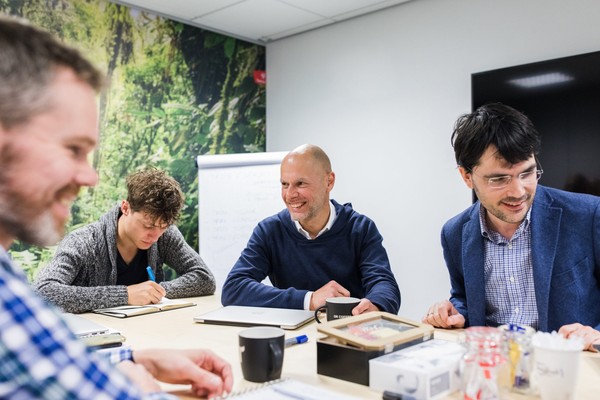Designing a device for 'sitting straight' in a horse saddle
Evaluation of technical principles, initial user tests, and development into a technical 'proof of principle'

Throughout her career, Petra Koersen has trained numerous horses to become saddle-broken and has coached riders of various skill levels. She operates independently but collaborates with riding schools and works with different horses. The riders she trains range from beginners to advanced equestrians.
Problem description
Both in Petra Koersen’s daily practice and within the (inter)national community of horse-riding instructors, the issue of riders sitting asymmetrically in the saddle is a recurring problem. Communicating this issue to (beginner) riders is challenging, as they do not always perceive their imbalance and often struggle to accept the correction.
This led Petra to the idea of addressing this issue with technological innovation: a device that is easy to read and provides real-time feedback, whether attached to the saddle or in another form. Sitting asymmetrically on a horse can cause significant strain on both the rider and the horse.
Assignment description
A technical aid could be a valuable tool during specific periods of rider training. This assignment involves a systematic evaluation of possible technical principles (such as measurement sensors, a user-friendly device interface, feedback mechanisms, and monitoring systems) to assist horse-riding instructors and students during lessons.
Following this morphological analysis, selected components can be tested in initial user trials. Facilities, horses, riders, and equestrians will be available through Petra Koersen’s network. After these user tests, the assignment will conclude with the development of a technical proof of principle as the final deliverable.
Profile
We are looking for a bachelor’s thesis student researcher in Industrial Design Engineering or a related field at the University of Twente (UT).
You are creative in evaluating practically feasible and applicable technical principles, and you explore methods to rapidly test (partial) solutions in real-world conditions. Your goal is to provide a clear and actionable recommendation for the client (in the form of a technical proof of principle), giving them a strong starting point for further product development.






